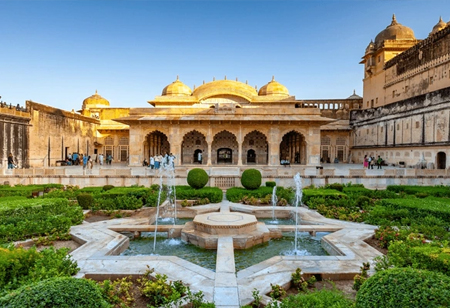.jpg)
From early stages of Harappan Civilization to Taj Mahal to modern contemporary architectural monument and buildings, India has come a long way. The evolving history of India's economic scenario, the construction industry is emerging as a driving force for growth, innovation and change. This dynamic sector plays a key role in shaping the country's future, contributing significantly to economic prosperity. At the heart of this economic symphony is the construction industry, a triggering force that transcends traditional boundaries. By exploring the multifaceted dimensions of this vital sector, we unravel the threads that weave together India's economic landscape. If we look at the path of evolution of construction and infrastructure of India, it gives us great pleasure to witness the diverse progress of this sector. As engineering science has entered this segment, it executed each of the designs with versatility, uniqueness and stability and bolstered up India’s infrastructure and economic development.
Leveraging technology, sustainable practices, and craftsmanship with the essence of modernity, creativity and innovation, Indian Architecture will bear the flag of its pride till the eternity.
Indian Architecture perfectly adopted sustainable developments and strongly turning down the use of toxic materials. Architects are designing with passion and contributing significantly to environmental conservation. Starting from ancient ages till the modern, each and every structure which is unique or has potential qualities to be called idiosyncratic bears their own hidden facts or stories which depicts the purpose of bearing those discreet designs.
In this article we will discuss about those hidden pertaining to well-known structural marvels of India. Let’s begin-
 Amber Fort: One of the top tourist attractions of Jaipur, the huge Fort founded by Raja Man Singh is standing atop of a small hill, and is located at a distance about 11 km from the main city.
Amber Fort: One of the top tourist attractions of Jaipur, the huge Fort founded by Raja Man Singh is standing atop of a small hill, and is located at a distance about 11 km from the main city.
We use cookies to ensure you get the best experience on our website. Read more...
Copyright © 2025 HomesIndiaMagazine. All Rights Reserved.